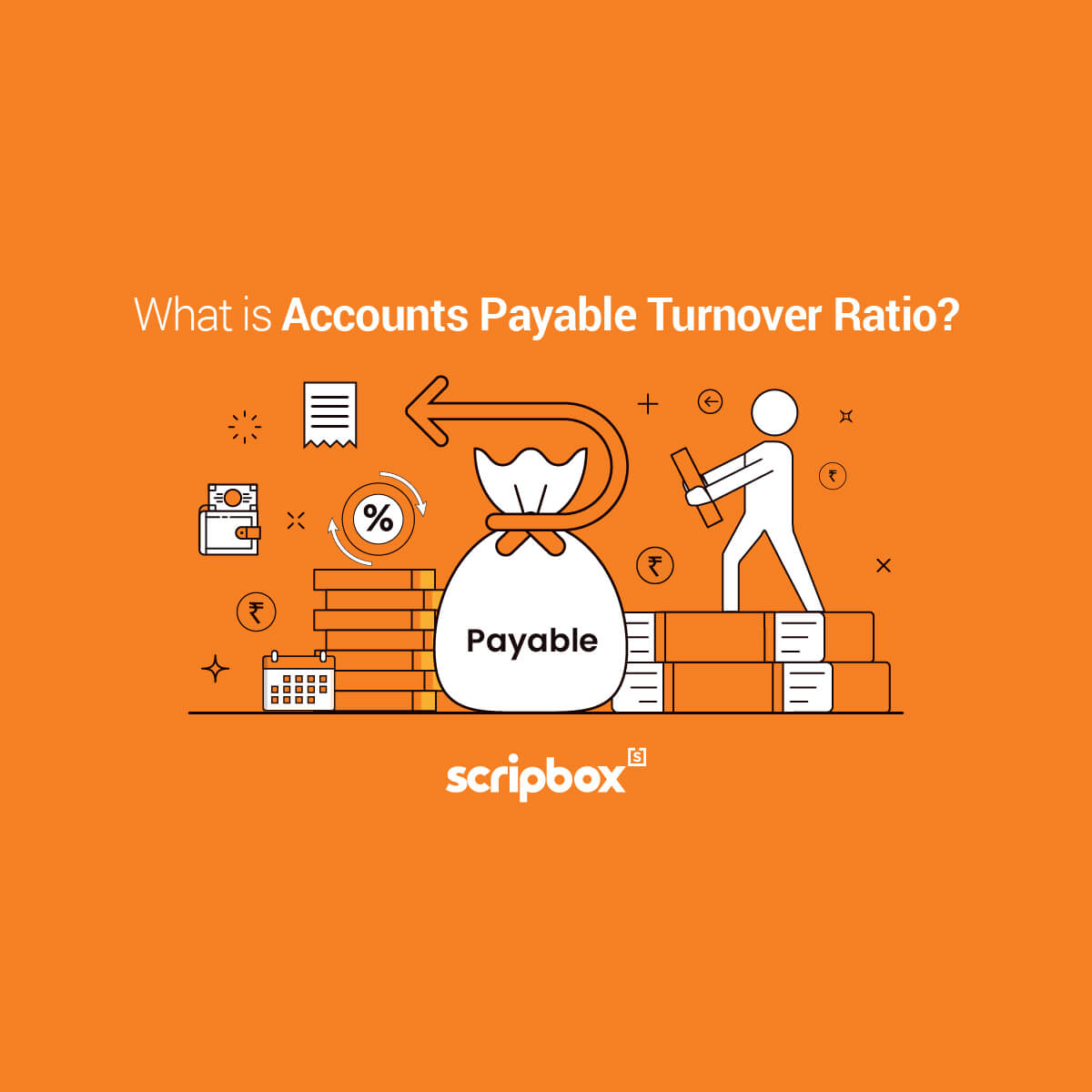
The Days payable outstanding should relate reasonably to average credit payment terms stated in the number of days until the payment is due and any early payment discount rate offered. Bookkeepers should be tracking the AP turnover ratio as an aspect of managing accounts payable to identify issues related to payment. To see how your company is trending, compare your AP turnover ratio to previous accounting periods. To see how attractive you will be to funders, match your AP ratio to peers in your industry. Automated AP systems can easily identify opportunities for early payment discounts.
Cost Per Invoice CalculatorCost of Invoice Processing

It shows how smartly the company is handling its money, how well it’s working with the people it buys things from, and even hints at how smooth its day-to-day operations are. Paying bills on time faster will give you a higher AP turnover ratio which in turn will help you get better loans and lines of credit. Having full transparency into your company’s spending behavior can give you great insights into the areas where accounts payable turnover can be improved. Integrating with a vendor data system can help you consolidate, update and manage vendor data in real-time, this can help you streamline your accounts payables and therefore also the AP ratio.
Increasing Accounts Payable Turnover Ratio
- Accounts payable turnover provides a picture of a company’s creditworthiness, while accounts receivable turnover ratios measure how effective is at collecting revenues owed to it.
- To generate and then collect accounts receivable, your company must sell purchased inventory to customers.
- So, while the accounts receivable turnover ratio shows how quickly a company gets paid by its customers, the accounts payable turnover ratio shows how quickly the company pays its suppliers.
- Given the A/P turnover ratio of 4.0x, we will now calculate the days payable outstanding (DPO) – or “accounts payable turnover in days” – from that starting point.
- A higher ratio also means the potential for better rates on purchases and loans.
- It is important to note that a high accounts payable turnover ratio may indicate that a company is paying its suppliers too quickly, which could lead to cash flow problems.
Beginning accounts payable and ending accounts payable are added together, and then the sum is divided by two in order to arrive at the denominator for the accounts payable turnover ratio. Did you find certain strategies particularly effective for managing cash flow or negotiating with suppliers? A lower ratio may suggest potential cash flow issues or that the company is availing of lengthy credit terms from its suppliers. It could also indicate potential disputes with suppliers or dissatisfaction with delivered goods/services. If the number of days increases from one period to the next, this indicates that the company is paying its suppliers more slowly, and may be an indicator of worsening financial condition. Proactively paying supplier or vendor bills on time will not only help you build a better relationship with them but also improve your AP turnover ratio.
Tips to Improve Your Accounts Payable (AP) Turnover Ratio
The accounts payable turnover ratio, or AP turnover ratio, is a financial metric that measures the rate at which you pay your suppliers and vendors. It reflects how many times your company can pay off its accounts payable within a given accounting period. A higher ratio indicates faster payments, while a lower ratio may suggest potential cash flow issues or delays in settling debts. We don’t think how to perform bank reconciliation that this approach is comprehensive enough to get a handle on cash flow. Therefore, we suggest using all credit purchases in the formula, not just inventory and cost of sales that focus on inventory turnover. The accounts payable turnover ratio measures the rate at which a company pays back its suppliers or creditors who have extended a trade line of credit, giving them invoice payment terms.
Payments to suppliers are the total payments made towards settling Accounts Payable during the period. This liability is recorded on the company’s balance sheet under current liabilities and represents a promise to pay an amount within a specified period. At its core, Accounts Payable refers to the amounts a company owes to its suppliers or vendors for goods and services received but not yet paid for. Accounts Payable, often abbreviated as AP, represents one of the most essential aspects of a company’s short-term liabilities. Let’s discover what it truly is, why it’s significant in business finance, and gain an overview of the payable process.
Additionally, it is important to maintain good relationships with vendors and communicate effectively to resolve any issues or disputes that may arise. By implementing these strategies, a company can improve its financial health and maintain a positive reputation with its creditors. Remember, the decision to increase or decrease the AP turnover ratio should be based on the specific circumstances and financial goals of the company. It’s essential to strike a balance between maintaining good relationships with suppliers and managing cash flow effectively. The AP turnover ratio provides valuable insights into a company’s payment management efficiency and financial health.
A ratio below six indicates that a business is not generating enough revenue to pay its suppliers in an appropriate time frame. Bear in mind, that industries operate differently, and therefore they’ll have different overall AP turnover ratios. These examples show you how your Accounts Payables can inform your company’s overall financial management, affecting everything from cash flow to supplier relationships and operational efficiency. Errors in processing accounts payables can be another reason why your business may not have a good accounts payable turnover ratio. In summary, the AP turnover ratio is a key indicator within a broader financial analysis framework.
Both scenarios will skew the accounts payable turnover ratio calculation, making it appear the company’s ratio is higher than it actually is. In the case of our example, you would want to take steps to improve your accounts payable turnover ratio, either by paying your suppliers faster or by purchasing less on credit. But there is such a thing as having an accounts payable turnover ratio that is too high. If your business’s accounts payable turnover ratio is high and continues to increase with time, it could be an indication you are missing out on opportunities to reinvest in your business. Calculating the accounts payable ratio consists of dividing a company’s total supplier credit purchases by its average accounts payable balance. To improve your accounts payable turnover ratio you can improve your cash flow, renegotiate terms with your supplier, pay bills before they’re due, and use automated payment solutions.
In some instances, a lower ratio might be a deliberate strategy to leverage longer payment terms for better cash flow management. Delayed payments can also strain relationships with suppliers, potentially resulting in less favorable payment terms. Moreover, a consistently low ratio could raise red flags about the company’s creditworthiness, indicating to creditors and investors a potential higher credit risk. Creditors are also parties – typically suppliers – to whom the company owes money. Hence, the creditors turnover ratio also gives the speed at which a company pays off its creditors. This ratio provides insights into the rate at which a company pays off its suppliers.
- Uncategorized
- Dezembro 14, 2021







